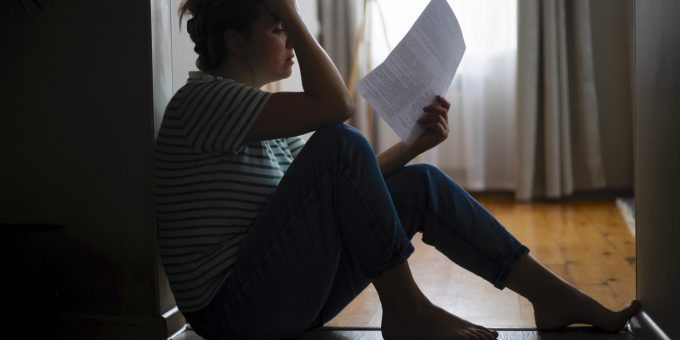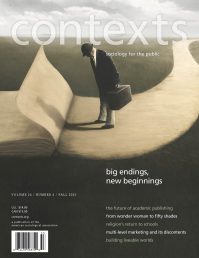
Rural evictions data reveal trends along racial and class lines. iStockPhoto.com // Andrii Zorii
a broader look at the housing crisis
As the housing crisis continues to affect millions of renters around the world, scholars tend to focus on urban areas. But people rent in rural places, too. That’s why a recent study by sociologists Carl Gershenson and Matthew Desmond focuses directly on the ways the rental housing crisis is affecting rural Americans.
Published in Rural Sociology, this study offers the first comprehensive analysis of evictions in rural America, where the number of renters has steadily risen in recent decades. Using data from Princeton’s Eviction Lab, the authors analyze 11 years of eviction data in rural counties (totaling more than 220,000 evictions per year). Their findings reveal important trends that fall along racial and class lines. For instance, while the majority of evictions affect White families, the rural eviction rate is four times higher among Black rural renters, and eviction filing rates are highest in heavily Black counties. In majority-Hispanic counties, lower eviction rates are offset by higher rates of poor-quality informal housing options like RVs and off-grid shelters.This study reveals, for the first time, the extent to which the housing crisis has infiltrated rural communities. It also showcases how many of the racial and class patterns documented in urban areas are playing out in rural regions. Not only does this demonstrate the need for housing policy actors to better take regions into account, but it also drives home the need for more sociological inquiry into rural life.
